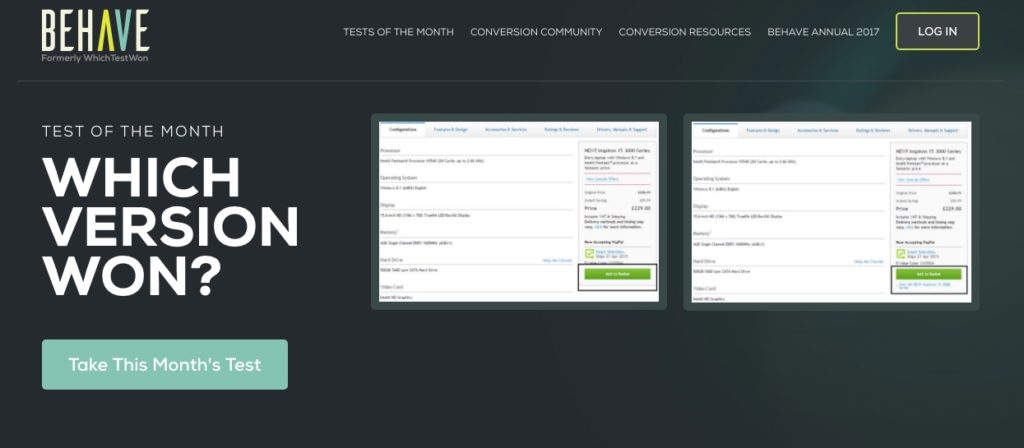Interactive content yields twice as many conversions as static content, Demand Metric research indicates. We all want more conversions, but what does “interactive” really mean? And how can content marketing teams shift their processes to create more interactive content that audiences will love?
At the recent Content Marketing World conference, we asked Heidi Cohen, the brain behind Actionable Marketing Guide, to share her thoughts on interactive content and why it will matter for content teams going forward. Here’s what she had to say:
What is interactive content?
Interactive content is a browser-based digital experience that entices visitors and gets them to engage. It has three key attributes:
- It competes with mobile apps and games due to its engaging, easy-to-consume visual approach.
- It creates immersive customer experiences by pulling visitors into your content.
- It requires tailored post-engagement content based on the visitor’s interactions.
What do marketers need to know about interactive content?
Just using interactive content isn’t enough to succeed. Only a small percentage of content marketers who use interactive content say it’s working extremely effectively, according to Content Marketing Institute research.
It’s important to note that visitor engagement shouldn’t be confused with content interactivity. Early video ads were considered highly interactive since viewers played with the video functionality, not the content.
Depending on the quality of the implementation and related follow-through, interactive content can yield better marketing results because it attracts a broader audience and can improve conversion rates. Your results will depend on your interactive content execution and post-interactive content experience.
What are your favorite recent interactive content examples?
These examples are grounded in high-quality content created to yield specific visitor actions. As a result they yield measurable results. A few favorites are:
- Behave.org (formerly Which Test Won). Marketers are known for making gut-based decisions. This site lets you guess which of two site variants performed better, and then check your gut reaction against actual A/B tests.

- BuzzFeed has cornered the market on best-in-class quizzes. In March 2017, their top quizzes generated an average of 60,000 views. Research by BuzzSumo and Quzzr found that in general, quizzes yielded an average of 1,900 shares.

- Philips razor developed fresh interactive content with Ogilvy and Rapt Media’s platform to target hipster millennial men. Users can choose to see the story in any order they choose. The video yielded an average of more than four minutes of viewing on mobile, and resulted in a significant revenue increase.
How can marketers get started?
To implement the optimal interactive content, start with the three key basics of any high-quality content marketing:
- Marketing goals: What do you want it to accomplish and how will you measure it?
- Audience: Who do you want to reach, and how do these visitors differ from your existing marketing persona?
- Context: How will it stand out in the content landscape, and how can you transform existing interactive content?
While these three strategic elements generally apply to all content marketing, they’re crucial for interactive content since it often requires a greater marketing investment, both in time and budget. As part of this process, develop the story you want to tell when determining your target audience; interactive content enables you to think like a movie director to allow visitors to choose their path through your content.





Join the conversation